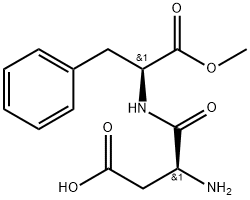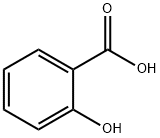PRODUCT Properties
| Boiling point: | 177 °C |
| Density | 0.845 g/mL at 25 °C |
| FEMA | 2822 | ORANGE ESSENCE OIL, TERPENELESS (CITRUS SINENSIS (L.) OSBECK) |
| refractive index | n |
| Flash point: | 130 °F |
| color | Yellow to deep-orange liquid |
| Odor | characteristicorange and odor |
| optical activity | [α]20/D +97°, neat |
| Odor Type | citrus |
| biological source | Citrus sinensis (L.) Osbeck |
| CAS DataBase Reference | 8008-57-9 |
| EPA Substance Registry System | Sweet orange oil (8008-57-9) |
Description and Uses
Sweet orange is an evergreen tree of Oriental origin, 4 to 6 m (13
to 20 ft.) high. It has a cylindrical trunk, alternate leaves, and odorous flowers and fruits. The fruit has a green epicarp that turns
yellow on ripening; a white, spongy mesocarp; and an endocarp
consisting of succulent segments bearing seeds.
The Mediterranean countries in which it is cultivated include Italy
(Sicily, Calabria, and Campania), Algeria, Tunisia, Morocco,
Spain, and Israel; in addition, very important production occurs
in California and Florida. It has an enormous worldwide economic
importance. In the various countries, cultivation is geared toward
the production of (1) fruits for immediate consumption and (2)
fruits to be used for the production of juices or essential oils. For
this purpose, the most suitable varieties have been selected.
The parts used are the leaves (and small twigs), flowers, ripe fruits,
small, whole, unripe fruits, peels, and juice. The oils and various
derivatives from orange, sweet have a mild to highly bitter, astringent
flavor and a characteristic aroma. The juices are sweet and
acidic or tart.
Petitgrain essential oil of sweet orange can be obtained from the
leaves, small, whole unripe fruits, twigs, and flowers by steam
distillation. Its production is low because of its limited application
(perfumery).
Sweet orange essential oil is extracted from the peels of partially
ripened fruits in 0.4 to 0.5% yields using suitable machinery fpr
the rupturing of the oil-bearing cells (expression). A less valuable
quality of essential oil is obtained by steam distillation of peels.
Safety
| Symbol(GHS) |  GHS02 |
| Signal word | Warning |
| Hazard statements | H226 |
| Precautionary statements | P210-P370+P378 |
| Hazard Codes | Xi |
| Risk Statements | 10-38 |
| Safety Statements | 16-37 |
| RIDADR | UN 1993 3/PG 3 |
| WGK Germany | 2 |
| RTECS | RI8600000 |
| HazardClass | 3.2 |
| PackingGroup | III |
| Hazardous Substances Data | 8008-57-9(Hazardous Substances Data) |
| Toxicity | skn-rbt 500 mg/24H MOD FCTXAV 12,733,74 |



